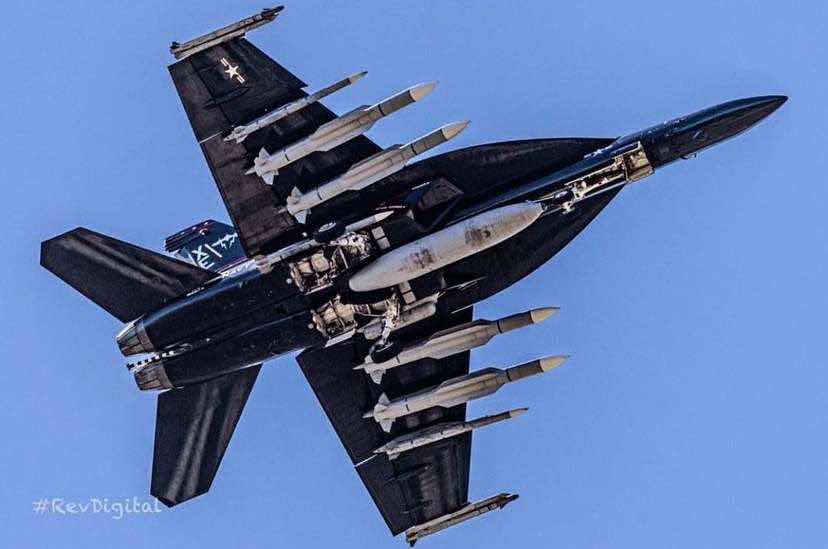 GarryB Thu Sep 12, 2024 2:33 am
GarryB Thu Sep 12, 2024 2:33 am
They likely got the 200 mile range from the ship launched model that has an enormous solid rocket booster attached to it.
That solid rocket motor lifts the missile out of its launch tube and accelerates it up into the air and up to rather high speed before it burns out.
I rather suspect that the solid rocket motor lifts the missile to a higher flight altitude and a much higher flight speed than any US aircraft could manage while armed with the missile without the solid rocket booster, so the range for the air launched model wont be anything like the range for the ground launched model.
As I mentioned the Kinzhal and the Iskander are similar to the same missile but both are single stage missiles.
The Iskander launched from the ground has to overcome its own inertia and climb from zero speed and zero altitude and it weighs almost 4 tons.... that needs a lot of energy lifting that up into the air and accelerating it to high speed.
The Kinzhal, of a similar weight and with the same rocket fuel is launched from 12-18km up in the air, so well above the thick low altitude air and up where the air is thin and cold. It will also be moving at supersonic speeds when it is released... perhaps up to mach 2.5...
So in terms of performance the Kinzhal is the equivalent of an Iskander with an extra large solid rocket booster that can lift the whole missile up into the air to 18km and mach 2.5 before the main rocket motor on the Iskander even lights up, which means all the engine power of the Iskander no longer has to lift and accelerate the missile off the ground, it can accelerate itself to an even higher altitude and higher flight speed than it could have achieved from that ground launch.
With this American missile the situation is reversed so instead of taking the original Iskanders range and times it by four to go from 500km to 2,000km range as you would if you put a huge solid rocket extra stage on an Iskander, you are actually removing the solid rocket stage and using an aircraft.
This means you if you can find a target you can move the launch platform much closer to the target much faster, but I don't think their fighter aircraft can accelerate to the speeds the original solid rocket booster managed, nor would they be able to climb to the altitudes they would have reached when they burned out meaning the range of the missile from a ship launch will likely be rather bigger than the range of the missile launch from an aircraft.
BTW I have always thought that the S-350 missiles would be good candidates for aircraft use... they are long and slim and have active radar homing so they would be fire and forget. They don't have big fins sticking out everywhere and the smaller missile has a ground launch range of about 50km and the larger of the two missiles has a ground launch range of about 120km.
Air launched from 10km or higher and a flight speed of mach 1 plus and you should be able to at least double their flight range and they are modern capable missiles ready to go.
Of course the R-77 still has growth potential and an air launched S-500 or S-550 would be interesting ABM weapons and satellite killers respectively.



 ) on an Iranian subforum that since Kazhakstan has a few stored MiG-31s and supposedly is offering them for sale (not sure how many but who cares, even just 2) that Iran should jump on that. Considering the IRIAF's "restraints" to put it mildly, it could acquire a few of those, develop one of its potent ballistic missiles into an air-launched weapon and it would have that additional, strategic threat similar to (obviously not as potent) as the VKS' MiG-31/Kinzhal combination. That would give its potential 2 major enemies even more pause on attacking it. You just reminded me of how valuable my military consultation services are, thank you, sir.
) on an Iranian subforum that since Kazhakstan has a few stored MiG-31s and supposedly is offering them for sale (not sure how many but who cares, even just 2) that Iran should jump on that. Considering the IRIAF's "restraints" to put it mildly, it could acquire a few of those, develop one of its potent ballistic missiles into an air-launched weapon and it would have that additional, strategic threat similar to (obviously not as potent) as the VKS' MiG-31/Kinzhal combination. That would give its potential 2 major enemies even more pause on attacking it. You just reminded me of how valuable my military consultation services are, thank you, sir. 

